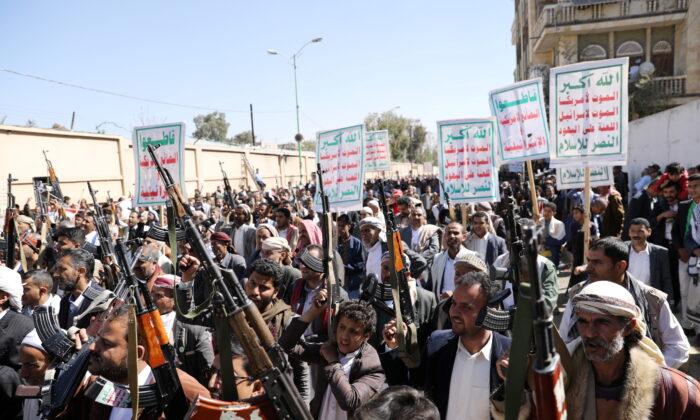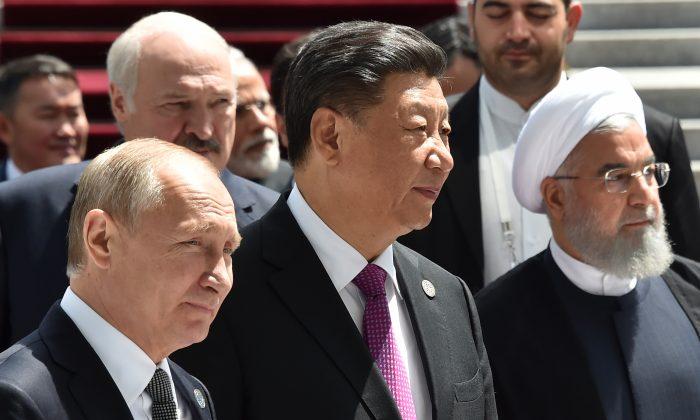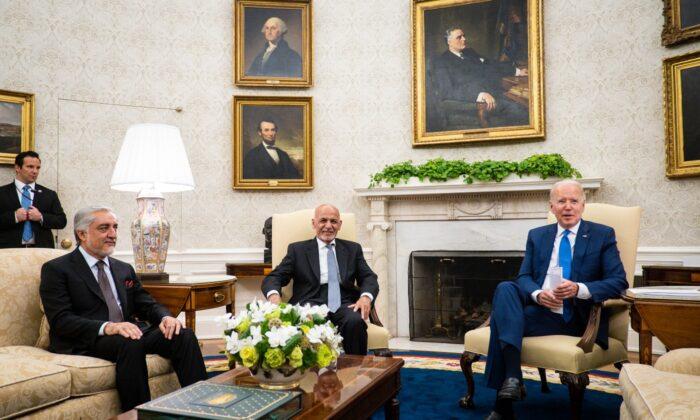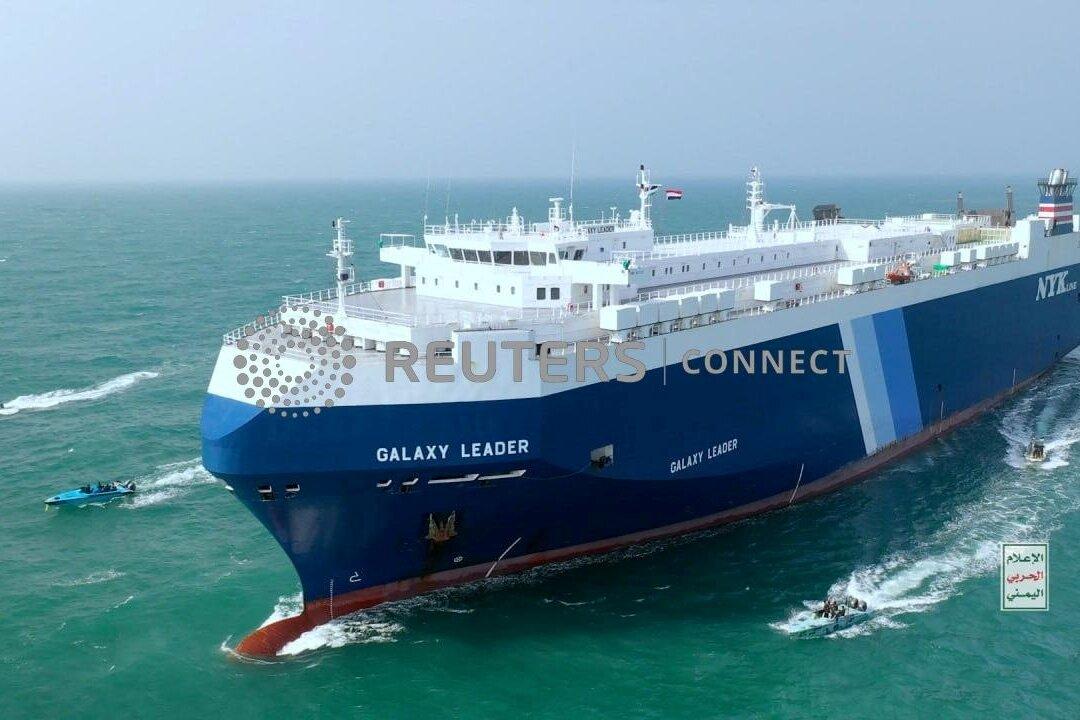We know why Vladimir Putin wants Ukraine. Once upon a time (as recently as late February 2022), Vlad dreamed a splendid dream of imperial Russian glory restored.
In Vlad’s grand reverie the architect, commander, and instrument of this repair of the Russian Empire’s Soviet Union-era crackup would be... Vlad.
As grandiose, narcissistic hallucinations go, Vlad’s brain fever empire did have self-serving calculations and semi-informed parameters. I’m sure he’s read the great historical theoreticians, or, since he was an intelligence agent, at least had an aide give him the bullet points.
Was that last sentence a shot at big ego intel officers? You bet it was. Look at all the U.S. intel types who called Hunter Biden’s laptop disinformation. Sneaky usually aligns with sleazy and that goes triple in the so-called intelligence communities.
Anyway, the theoretical gist that buttressed Vlad’s fantasy: Recover lost land mass, increase the population (ethnic Slavs preferred), expand the industrial and agricultural resource base and, well, nuclear weapons, and—behold—superpower status restored!
Almost reads like an incantation, doesn’t it? X plus Y plus Z plus nukes equals GREAT POWER. Well, Marxists all too easily succumb to fake equations and utopian quackery.
I’m not new to recognizing and analyzing Vlad’s goal. Over the Christmas holidays I listened to a well-intentioned fellow tell me The New York Times had recently explained to him Putin’s Great Russian fantasy. I yawned and told him to read the Russia-Ukraine chapter of “Cocktails From Hell” (Bombardier Books, 2018).
Here’s the gist: Vlad wanted to create the RUBK. The RUBK consists of Russia, Ukraine, Belarus, and Kazakhstan. With its demographics and natural resources, the RUBK has the geostrategic punch to secure global Great Power status.
The term RUBK appeared in a Creators Syndicate column I wrote in 2004. A quote from that column: “Super-power status takes money, and a large number of people (how large is arguable, but 200 million is a plausible figure). The common economic interests linking Russia, Ukraine, Belarus, and Kazakhstan were a potential post-Cold War positive. Russia needed Ukraine’s immense agricultural productivity.”
The column argued that the RUBK—pronounced “rubik,” as in the puzzle Rubik’s Cube—is a plausible Great Power configuration.
The 2022 starvation the Ukraine war has spurred in sub-Saharan Africa illustrates the agricultural productivity point—of both Ukraine and Russia.
Last 2004 thought: “A democratic Ukraine could do for Russia what Poland did for Ukraine—provide a next-door, you-can-do-it-too example of the benefits of the rule of law and economic liberalization. Ultimately, another organization, the EU, provides more stability and prosperity than an antiquated, authoritarian and corrupt RUBK ever could.”
Musings from 18 years ago—but if the well-intentioned fellow is right, The New York Times seems to be catching up.
Back to 2022. In mid-February the Kremlin was waging a dirty, ugly hybrid war in eastern Ukraine, one designed to sap Ukrainian will and destroy its economy. Russia had been waging that war since 2014, after it seized Crimea.
So why did Vlad choose late February 2022 to turn the slow war into a big war showdown?
My guess: Vlad the Tyrant was still hallucinating, and his Yes Men told him a war against Ukraine would last at most three weeks.
“Yes Men” types are a flaw in every organization but especially in dictatorships where information is more skewed than information skewed by pre-Elon Musk Twitter censors. Understand a lot of Vlad’s Yes Men are so-called intelligence officers.
That said I think the Kremlinites read the Biden administration as laughably weak. There is evidence for that conclusion. Biden’s Afghanistan debacle was one of the most inept political-military operations in American history and certainly the worst international disaster in 2021. Also, President Joe Biden initially supported the Nord Stream 2 natural gas pipeline and he cut U.S. petroleum production.
Fact for Biden intel officers: Oil and gas revenues gave the Kremlin the cash to wage war and rebuild the Russian empire.
The three weeks war is entering its 11th month. Ukraine has proved to be a classic “nation in arms” that has the will to resist. Other examples: Finland, Israel, South Korea, possibly Singapore. If Taiwan ups its game, I’ll add it to the list.
As 2022 becomes 2023: Russian forces are demoralized, Russian leaders have run out of ideas and despite “peace feeler” headlines the Ukrainians are not inclined to trust Russian peace deals.





